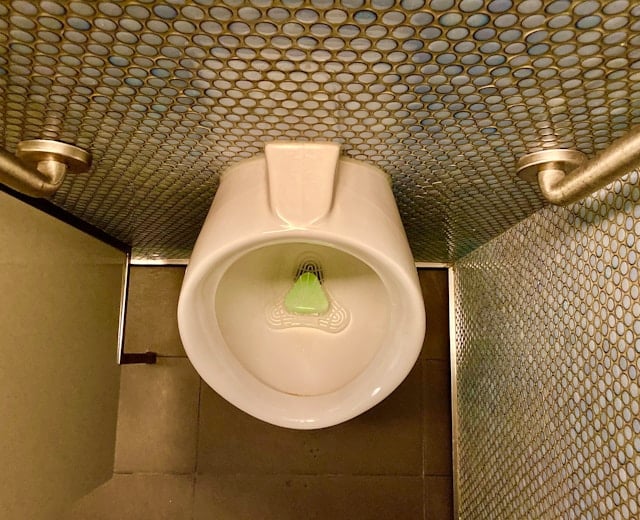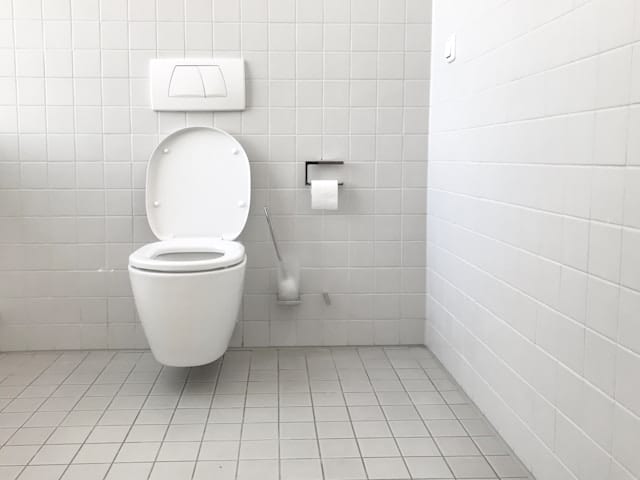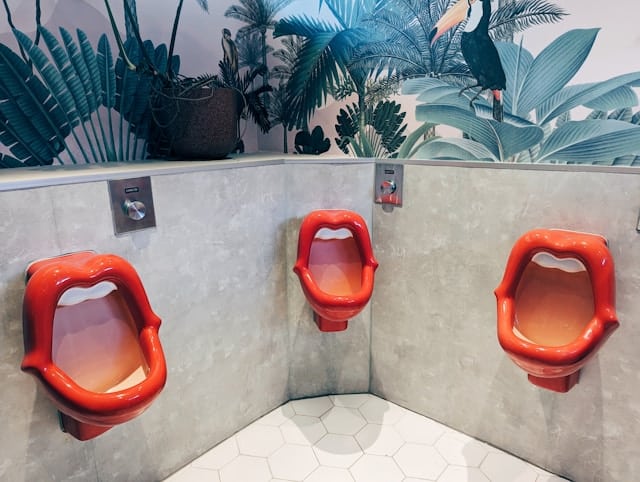People are often surprised when they learn the true reason behind the open-front design of some toilet seats. While it may seem like an insignificant detail, the shape of toilet seats has sparked curiosity and even debate.
Most toilet seats are typically ovular, but now and then, you’ll encounter a U-shaped design with an open front. While this design is common in public restrooms and some homes, its purpose has often remained a mystery—until now.

Toilet seat designs have changed over time, adapting to new hygiene standards and technological advancements in society.
The open-front toilet seat, also known as the “split seat,” has been around since the late 19th century. Initially, these seats were designed for public spaces like schools and hospitals to cater to large groups of people.
In the United States, open-front toilet seats are especially prevalent in public facilities, and the design isn’t just about cutting costs.

In 1955, the American Standard National Plumbing Code (ASNPC) set guidelines for public restroom seats. According to How Stuff Works, these guidelines required seats in public toilets to be smooth, non-absorbent, and open-fronted.
This regulation played a significant role in the widespread adoption of the U-shaped seat in the US. By 1973, the International Association of Plumbing and Mechanical Officials (IAPMO) further encouraged its use.
While it’s not a requirement for all public restrooms, the design does come with some hygiene benefits. The open-front design was introduced to reduce direct contact with the toilet seat, which was particularly important in high-traffic public areas.
The goal was to reduce germ transfer and offer a more sanitary experience for users. Yes, hygiene is one of the primary reasons for the open-front design. Traditional toilet seats can harbor bacteria and other germs, especially if the seat doesn’t fit perfectly against the bowl.

Open-front seats reduce the risk of contamination by eliminating contact between the user and the seat, particularly in busy public restrooms where germs can easily spread.
Additionally, the open-front design makes cleaning easier. Janitorial staff can clean the area around the toilet bowl more efficiently, ensuring a more thorough sanitization.
However, since the oval-shaped seat is more comfortable, it’s more commonly found in homes where maintaining cleanliness is easier and expected.
